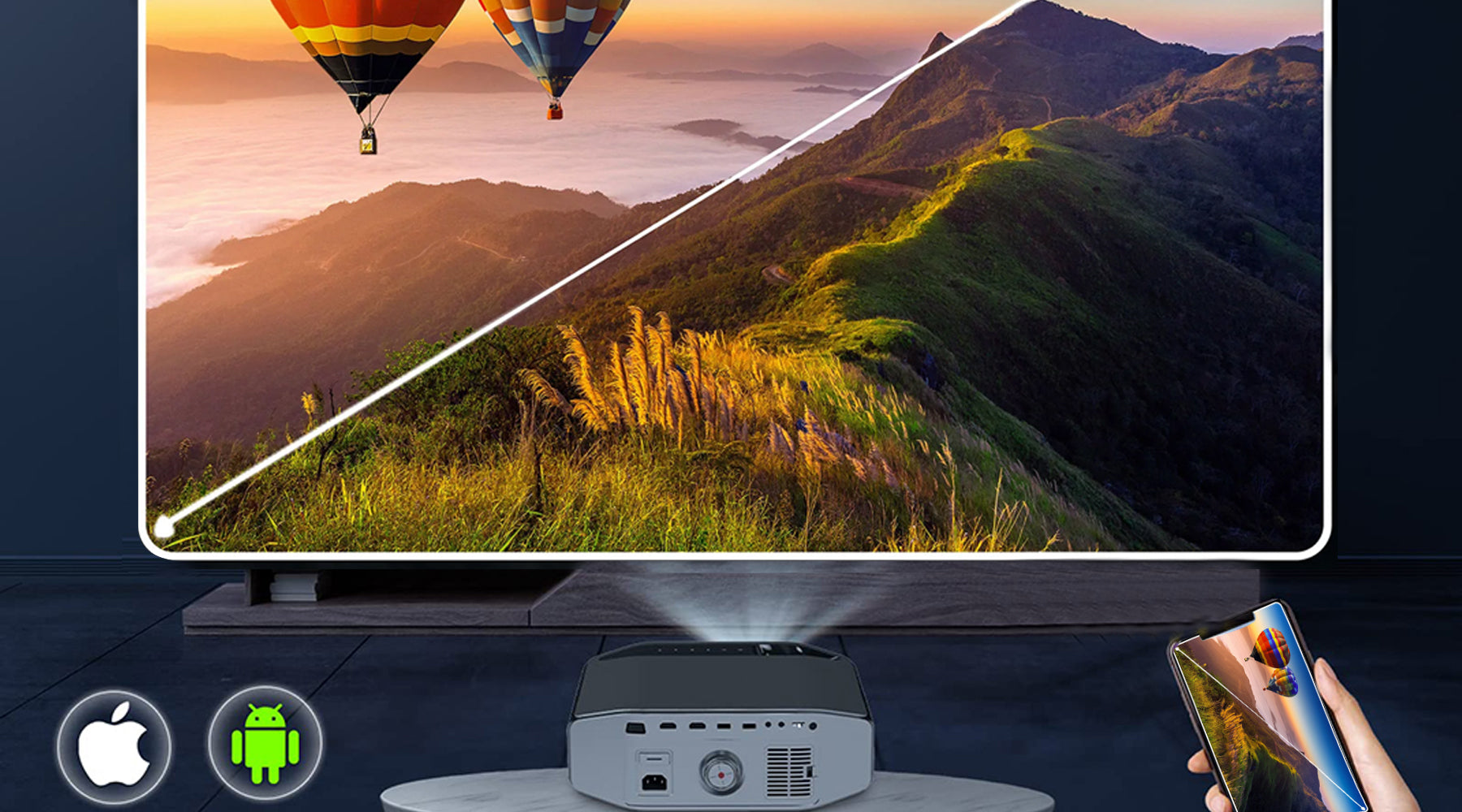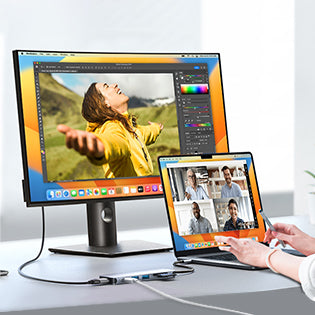Verilux® Projector for Home
- by verilux in

A Look into the Evolution of Projectors
In the era of digital technology, the projector is surviving. Not only this, it is continuing to evolve. It has become portable and compact, and its basics could include battery life, a laser or LED light source, a combiner optic and a scanning mirror. The models we have today can handle a wide variety of multimedia content today, like PowerPoint, movies, videos, and even games.
The History of Projection
Technology for projection has been around for decades. Here is a look into the history:
- Shadowplay, also known as shadowgraphy, was the precursor to the modern projector. In Asia, particularly in nations like Indonesia, Thailand, China, and India, shadow puppetry has a long history. Its earliest forms involve the manipulation of shadows cast by fire-thrown hand gestures. Its primary objective has always been and continues to be entertainment.
- The Chinese magic mirror was the subsequent significant development in the history of projectors, dating back to the Han Dynasty (206BC – 24AD). The magic mirror was designed to showcase a pattern embossed on the back of the mirror when light reflected from the front of the mirror onto a wall or other surface.
- Significant developments in projector technology occurred between 1500 and 1700. Benedetto Castelli, an Italian mathematician, invented the helioscope, a telescopic sun projection mechanism, around 1612. The German Jesuit scholar Athanasius Kircher created the stenographic mirror, which also uses concave mirrors, perhaps about 1645.
- Christian Huygens created the magic lantern in about 1659, and it included a concave mirror as well. In the 18th and 19th centuries, this projection method gained popularity for both entertainment and instructional uses.
- The development marked the continuation of projector development into the 19th century. An opaque projector that casts a bright light onto an object from above to reveal opaque materials was created and sold in the 20th century as both a children's toy and a tool for artists. It enabled the tracing of images on materials like canvases.
- Around the turn of the century, overhead projectors became popular in workplaces and educational institutions. Slide projectors also became popular, and they were mainly used for entertainment purposes. Both of them began to be phased out in favour of modern digital projectors around the turn of the millennium.
Digitisation of Projectors
The advent of projection technology into digitisation began in around the late 1990s and early 2000s when technologies like liquid crystal on silicon (LCOS), LCD (liquid crystal display), and digital light processing (DLP) became affordable & readily available. These new avatars of home projectors became smaller in size, lower in cost, and digital, as the name suggests - contrary to their predecessors.
Buy the Best Home Theatre Projector
A home theatre projector is highly valued by anyone interested in projection. Present-day projectors range in size from matchbook-sized pico projectors with a few lumens to the largest, highest-resolution monster with up to 60,000 lumens. A home projector from Verilux has many benefits for home entertainment - they cover anything from improved eye health to the technological versatility of projectors. Buy yours now.






